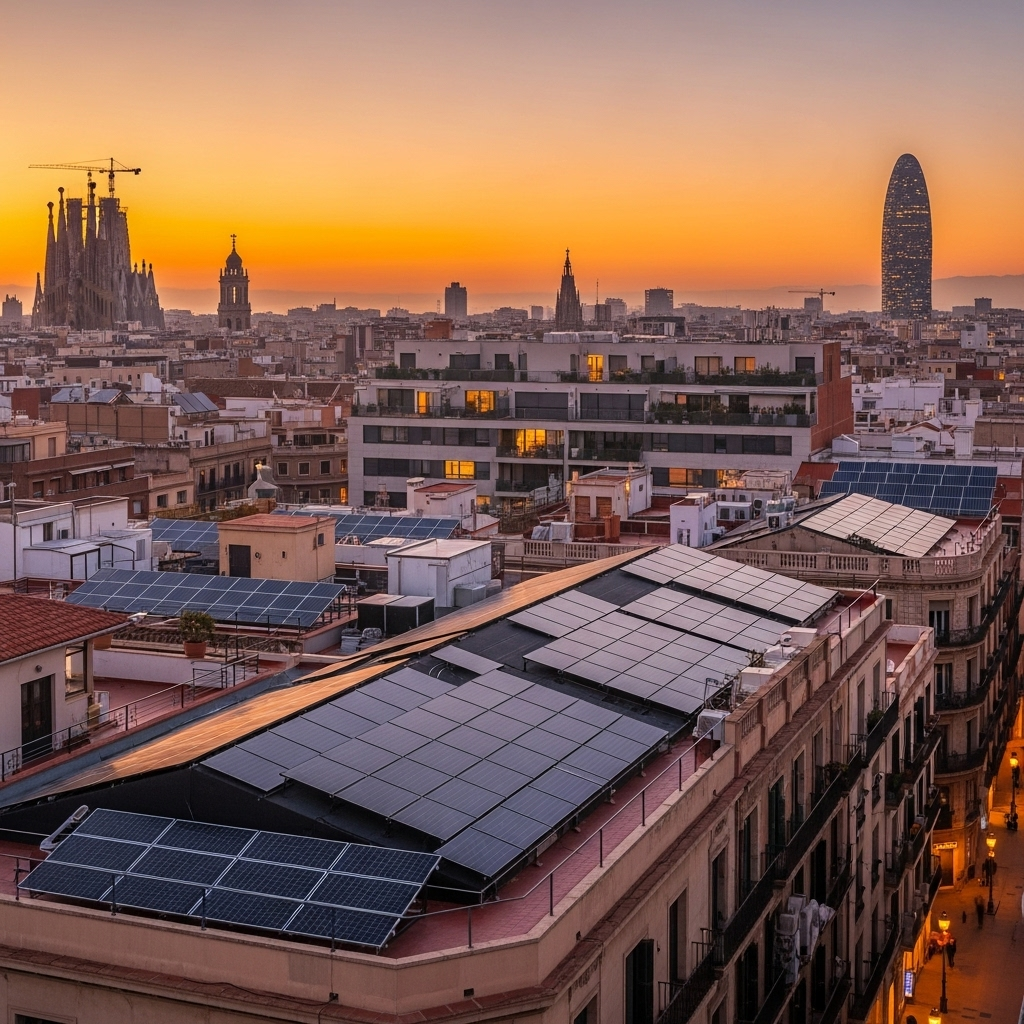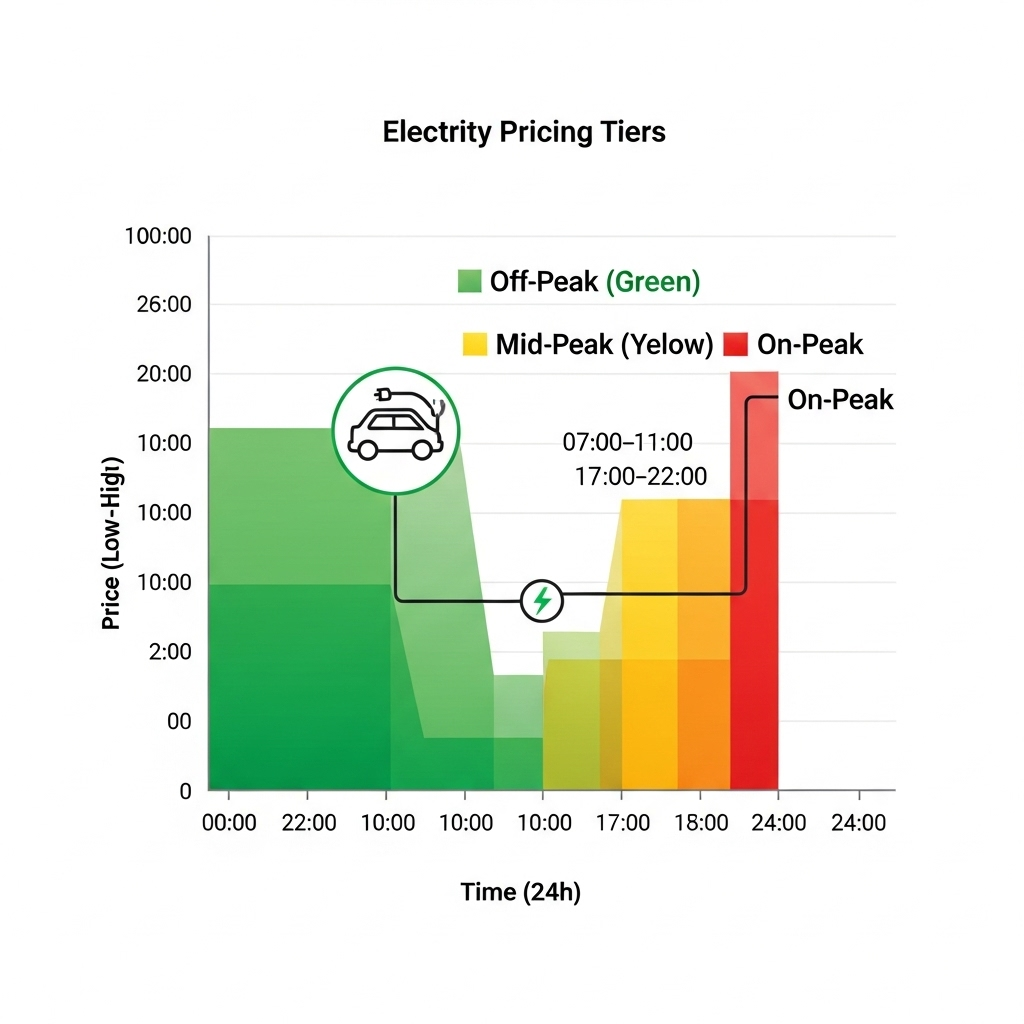The global solar photovoltaic (PV) industry is undergoing a significant transformation. Major economies are enacting ambitious clean energy agreements designed to build more resilient and diversified supply chains. These policies are not just about meeting climate goals; they are fundamentally altering where and how solar components are manufactured, with direct implications for businesses and consumers looking to achieve energy independence.
The Driving Force: Key International Energy Agreements
Governments are actively implementing strategies to bolster their domestic clean energy manufacturing capabilities. This policy-driven shift aims to reduce reliance on a geographically concentrated supply chain and foster innovation. Three key regions are leading this charge with distinct approaches.
The EU's Net-Zero Industry Act (NZIA)
The European Union is taking decisive action to secure its clean energy future. The Net-Zero Industry Act sets a clear benchmark: to produce at least 40% of the EU's annual deployment needs for net-zero technologies, including solar PV, by 2030. According to the Energy Technology Perspectives 2024 report by the International Energy Agency (IEA), the NZIA focuses on simplifying administrative and permitting processes. This move is designed to attract investment and accelerate the scale-up of local manufacturing, promoting resilience through supply diversification.
North American Initiatives and Strategies
Across the Atlantic, the United States and Canada are pursuing complementary strategies. Canada's 'A Made-in-Canada Plan' provides substantial economic investment tax credits for clean technology manufacturing and clean electricity. In the United States, while comprehensive federal PV regulations are still emerging, local initiatives and a strong focus on grid security are shaping the market. The U.S. Department of Energy highlights the increasing need for coordinated cybersecurity as distributed energy resources (DERs) are expected to quadruple by 2025. As detailed in an EERE Success Story, developing secure communication platforms for DERs is critical for a reliable clean power grid.
Asia's Strategic Pivot: India and China
In Asia, major players are also adjusting their industrial strategies. India's Production Linked Incentive (PLI) scheme is designed to encourage vertical integration across the solar supply chain, a key factor in building a competitive domestic industry. The IEA notes this could increase India's PV module production nine-fold by 2030. Meanwhile, China's 'dual circulation' strategy aims to strengthen its economy by boosting domestic consumption, thereby reducing its historical reliance on exports for growth. This internal focus will have ripple effects on global supply dynamics.
Impact on the Photovoltaic Supply Chain
These international pacts are creating tangible shifts in the structure and operation of the solar PV supply chain. The industry is moving from a model of high concentration to one of greater diversity and resilience.
From Concentration to Diversification
For years, the solar PV supply chain has been the most geographically concentrated of all clean energy technologies. The IEA's special report, Solar PV Global Supply Chains, points out that this concentration makes the industry vulnerable to risks like raw material price volatility, trade restrictions, and logistical bottlenecks. The new wave of policies directly addresses this by incentivizing manufacturing in new regions. The goal is to create a more balanced and secure global supply network, ensuring a steady flow of solar components while upholding principles of open and transparent markets.
Technological Innovation and Manufacturing Costs
Policy support is a powerful catalyst for innovation. As new manufacturing hubs emerge, companies are developing novel techniques to improve efficiency and lower costs. For instance, the U.S. Department of Energy funded a project that developed a solar collector using wood instead of steel, cutting the cost of the trough structure by as much as 50% without compromising performance. This type of innovation, driven by strategic investment, makes solar technology more accessible and economically viable for applications like industrial heat and food processing.
The Role of Energy Storage in a Resilient Grid
A diversified PV supply chain contributes to a more stable and reliable electricity grid. However, solar panels alone are only part of the solution. Energy storage is the critical component that ensures power is available when the sun isn't shining. Modern energy storage systems (ESS), particularly those using high-performance Lithium Iron Phosphate (LiFePO4) batteries, allow homes and businesses to store excess solar energy for use at night or during outages. Understanding key metrics like Depth of Discharge (DoD) and C-rate is vital for choosing the right system. As detailed in this guide on solar storage performance, these factors directly influence the lifespan and efficiency of your battery, making them crucial for a reliable energy setup.
What This Means for Consumers and Businesses
The reshaping of global supply chains brings both opportunities and new considerations for end-users. Navigating this new market effectively can lead to greater energy security and long-term savings.
Navigating the New Market
With manufacturing spreading to new regions, consumers will have more choices. Look for products with clear documentation and certifications that reflect high manufacturing standards. While market shifts can cause short-term price fluctuations, the long-term trend points toward more stable pricing as supply chain risks are mitigated. A diversified market reduces the impact of disruptions in any single region, leading to greater predictability for everyone.
Opportunities for Energy Independence
These global shifts empower individuals and businesses to take control of their energy supply. Reliable and scalable solutions, such as off-grid solar systems combining solar panels, a solar inverter, and a robust lithium battery bank, are becoming more accessible. Whether for a remote cabin, a farm, or a suburban home seeking backup power, these integrated systems provide a clear path to energy independence, insulating you from grid instability and rising electricity costs.
A Look at Key Policy Comparisons
To better visualize these changes, here is a comparison of the major clean energy policies:
| Region/Policy | Primary Goal | Key Mechanism | Targeted Outcome |
|---|---|---|---|
| EU: Net-Zero Industry Act | Enhance manufacturing self-sufficiency | Streamlined permitting, 40% domestic capacity target | Diversified supply chain, accelerated deployment |
| North America: IRA & Made-in-Canada Plan | Boost domestic production and grid security | Investment tax credits, cybersecurity standards | Onshoring of manufacturing, secure DER integration |
| India: Production Linked Incentive | Promote vertical integration | Financial incentives for local production | Increased domestic market share, export growth |
| China: Dual Circulation Strategy | Reduce export reliance, boost domestic market | Stimulating internal consumption and innovation | Balanced economic growth, technological leadership |
Disclaimer: This table provides a simplified overview. Each policy contains extensive details and should be reviewed from official sources for specific applications.
Preparing for the Future of Solar Energy
The direction is clear: the global solar industry is moving toward a more distributed, resilient, and innovative future. The clean energy pacts of 2025 are not just high-level policies; they are the blueprints for a more secure and accessible energy landscape. For consumers and businesses, this means greater opportunities to adopt reliable solar and storage solutions. By choosing systems built on high-performance components like LiFePO4 batteries and efficient solar inverters, you can directly benefit from this global shift and secure your own energy independence for years to come.
Frequently Asked Questions
How do these international agreements affect the price of solar panels?
In the short term, establishing new manufacturing facilities can involve initial costs, which might temporarily affect prices. However, the long-term goal of these agreements is to increase competition and reduce logistical risks, which is expected to lead to more stable and potentially lower prices over time.
What is supply chain diversification, and why is it important for the solar industry?
Supply chain diversification means spreading manufacturing and sourcing of materials across multiple geographic locations instead of relying on a single region. It is important because it reduces the risk of disruptions caused by trade disputes, natural disasters, or logistical challenges, ensuring a more reliable supply of solar products.
As a homeowner, how can I benefit from these changes in the PV supply chain?
You can benefit from a wider selection of high-quality products, improved long-term price stability, and enhanced energy security. A more resilient supply chain means that the solar and storage systems you rely on for energy independence are backed by a more stable global industry.
What role do lithium batteries play in this evolving energy landscape?
Lithium batteries, especially safe and long-lasting LiFePO4 types, are crucial. They store the energy generated by solar panels, making clean energy available 24/7. As solar adoption grows due to these new policies, the need for reliable energy storage to ensure grid stability and personal energy independence becomes even more significant.





Leave a comment
All comments are moderated before being published.
This site is protected by hCaptcha and the hCaptcha Privacy Policy and Terms of Service apply.